[ATM 2022]A deep learning-based hybrid artificial intelligence model for the detection and severity
计算机-人工智能-基于YOLO的白癜风定位和基于UNet分割的病变大小, 病变变化和色素沉着评估

英文是纯手打的!论文原文的summarizing and paraphrasing。可能会出现难以避免的拼写错误和语法错误,若有发现欢迎评论指正!文章偏向于笔记,谨慎食用
目录
2.2.2. DCNN training and add-on metrics
2.2.3. Evaluation of the AI model and statistical analysis
1. 心得
(1)干脆转型写中文博客好了,英文总有一种不适合快速阅读的感觉
(2)任务是ok的,意识到了诊断白癜风没什么用,转而做了一些辅助恢复评估,病变大小,病变在治疗中的大小变化以及色素沉着变化
2. 论文逐段精读
2.1. Abstract
①They establish 2 vitiligo (Fitzpatrick skin types III or IV) datasets, one with 2,720 images for lesion localization and the other one with 1,262 images for lesion segmentation. The test set has 145 images in types I, II or V
②作者并不主要针对于白癜风诊断,因为已经很明显了。作者抛出病变数量,大小,位置和脱色程度的评估也很重要。现在的主观或半客观评估方法既不一定准确也费时费设备
psoriasis n.银屑病;牛皮癣 eczema n.湿疹
2.2. Methods
2.2.1. Datasets
(1)分类/定位实验
①数据划分:对于2,720张图片,80%是训练集,16%是验证集,4%是测试集
②标记病变:LabelImg (https://github.com/tzutalin/labelImg)
③数据增强:翻转和随机旋转
④数据集统计:
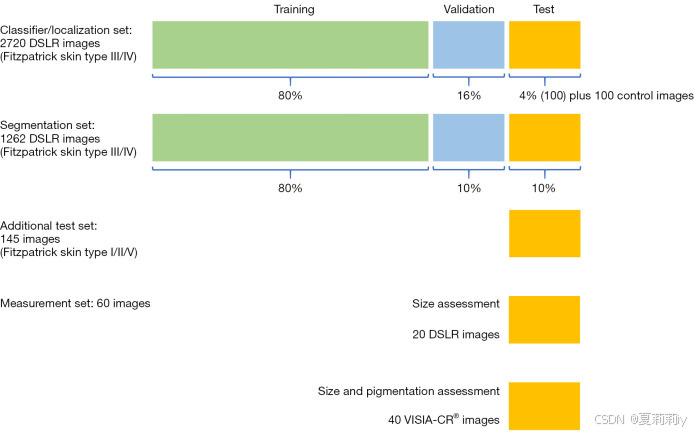
(2)分割任务
①样本划分:1,262,其中80%是训练集,10%是验证集,10%是测试集
②泛化的测试机:包含I, II, V型的145个患病样本
2.2.2. DCNN training and add-on metrics
①基于DCNN的混合AI模型框架:
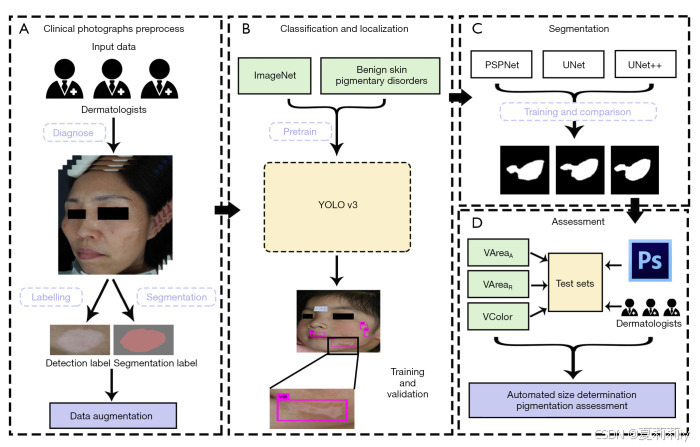
其中YOLO v3是在ImageNet上训练好的模型
②PSPNet, UNet和UNet++是用于比较的,选最好的作为模型
③训练好的DCNN会额外计算三个指标,病变大小,病变变化比例,相对色素沉着变化
2.2.3. Evaluation of the AI model and statistical analysis
①使用统计检验
2.3. Results
①分割效果展示:
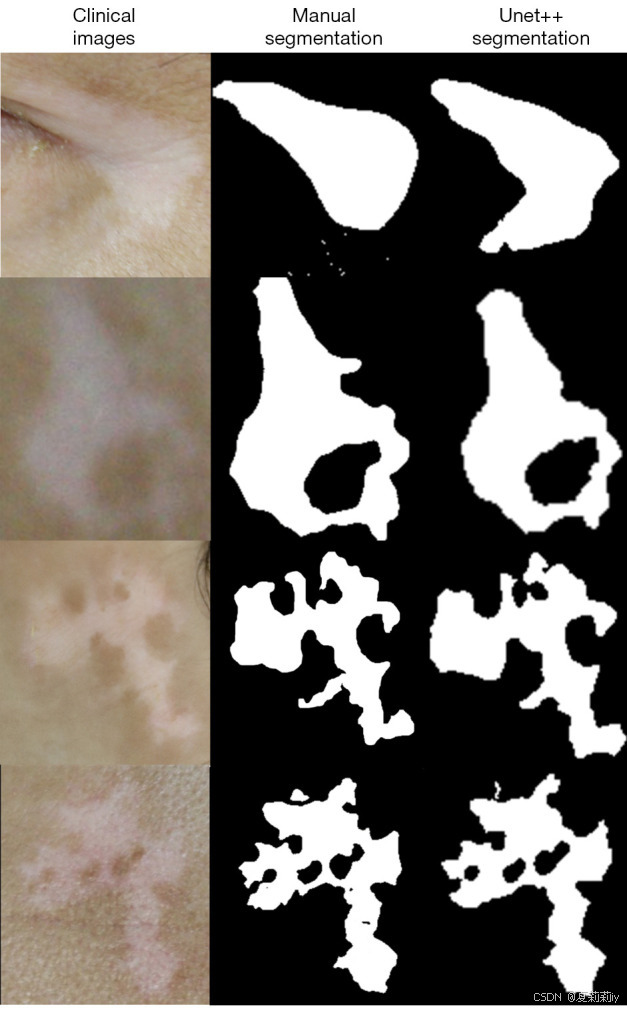
②病变大小具体检测性能:
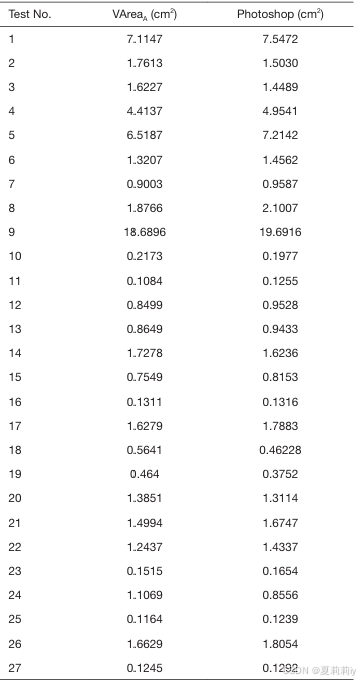
③病变变化性能:
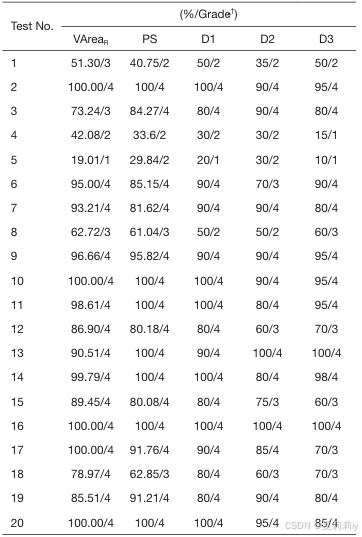
④色素沉着变化:
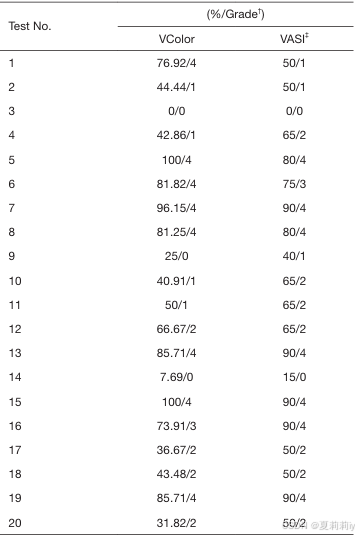
2.4. Discussion
①数据集有限
2.5. Conclusions
~
更多推荐
 已为社区贡献8条内容
已为社区贡献8条内容


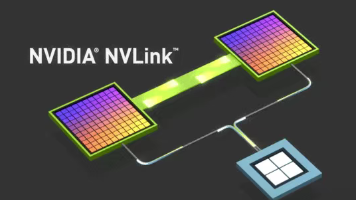

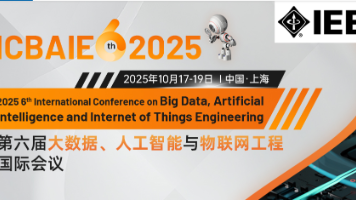





所有评论(0)